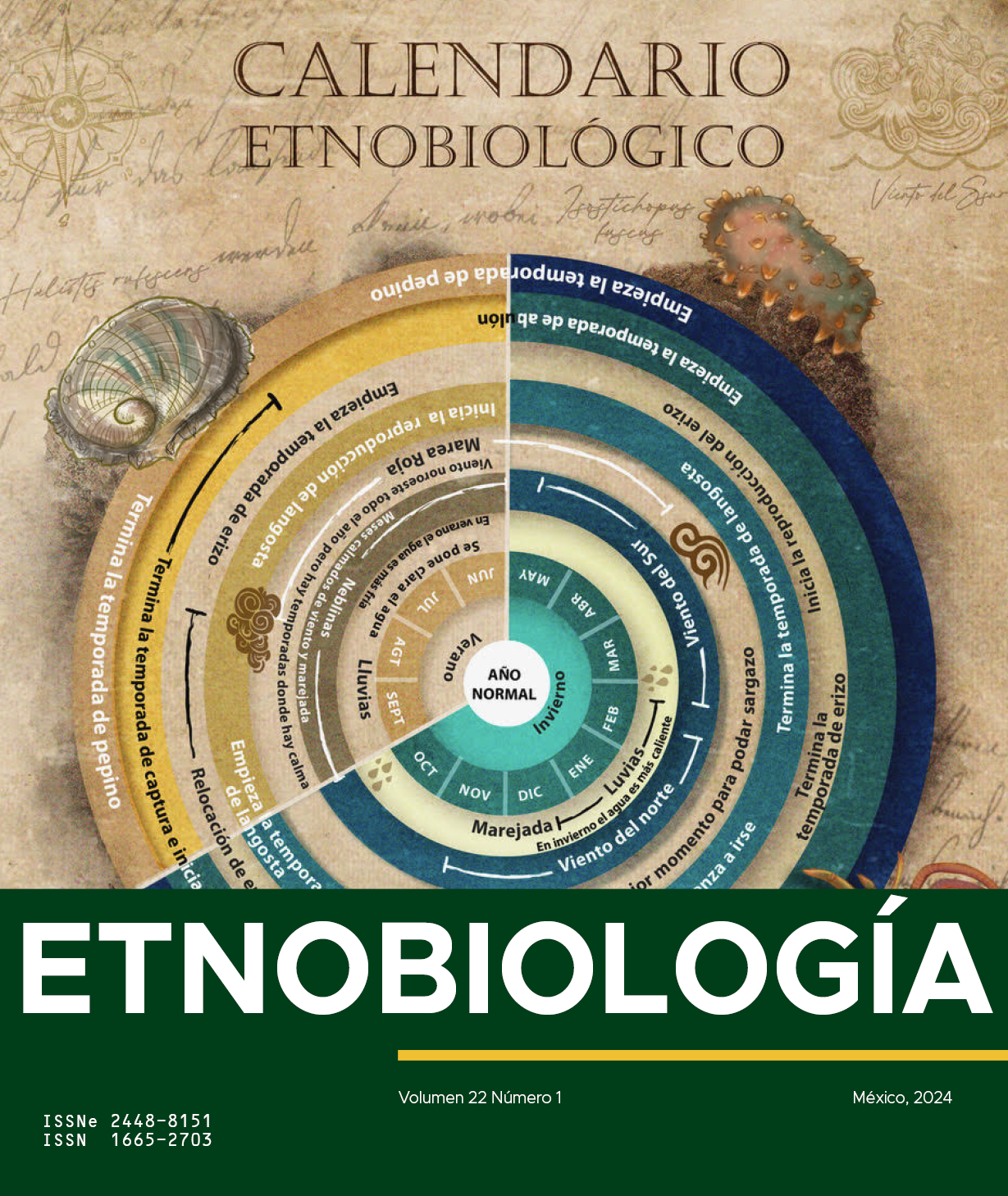AN ETHNOBOTANICAL REVIEW REGARDING THE USE OF MEDICINAL PLANTS IN LOCAL MEDICAL SYSTEMS IN RORAIMA, BRAZIL
Abstract
The Amazon rainforest is known for harboring the largest tropical forest in the world and for having one of the largest reserves of plant biodiversity on the planet. The indigenous people that inhabit the region have always used its plant biodiversity, mainly for medicinal purposes. In Roraima, there are several scientific and para-scientific studies on medicinal plants, however, there is no consolidated list of species used for this purpose. To address this gap, an ethnobotanical review of the species and the traditional knowledge related to them was conducted. For gathering data on the use of medicinal plants in local medical systems (LMSs) in Roraima, the PubMed (Medline) and Google Scholar databases were utilized. We screened and selected 72 articles and records. Four hundred and forty-four medicinal plant species were identified at the species level, belonging to 101 botanical families. Fabaceae, Lamiaceae and Asteraceae were the most frequent families and of the 444 species included, 282 were classified as native, 108 as cultivated, and 54 as naturalized. The DIP code (Certain infectious and parasitic diseases) was the most cited in LMS in Roraima. Although the results are expressive, the diversity of medicinal species in Roraima is probably greater than what the studies carried out have covered, considering the vast extension of the state and its ethnic diversity. The compilation of a single list of medicinal species can support new research and guide public health policies in Roraima. In addition, the data described here can provide a more general overview for making assertive decisions regarding the conservation of the local flora and practices within LMSs.


